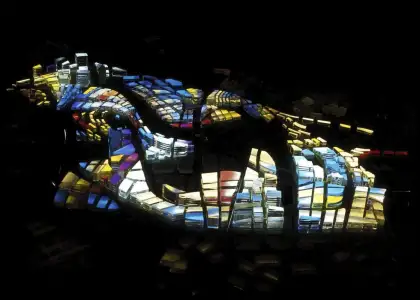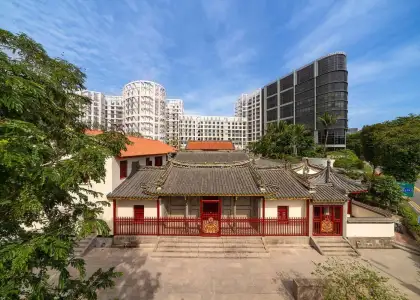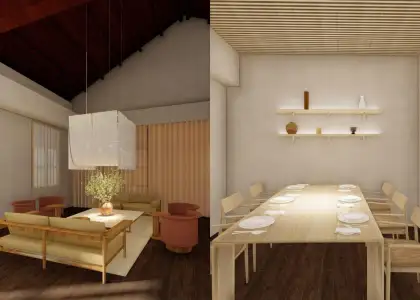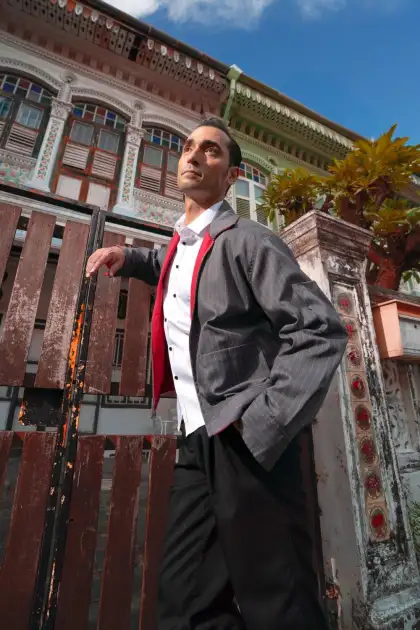Zaha Hadid’s Audacious Master Plan for Singapore's One-north

The late Iraqi-British architect Zaha Hadid was known for her architectural designs that were beyond their time. Futuristic, dynamic, and "radical deconstructivist," her designs saw her win the Pritzker Architecture Prize in 2004, among many other accolades, making her the first woman architect to do so.
Hadid died an untimely death in March 2016 following a sudden heart attack while being treated for bronchitis. But her legacy lives on through Zaha Hadid Architects (ZHA), the architectural firm she founded in 1979.
She's famous for designing groundbreaking and complex buildings, such as the Vitra fire station and the Phaeno Science Centre in Germany, the Sheikh Zayed Bridge in Abu Dhabi, the Guangzhou Opera House in China, and the London Aquatics Centre in England, among many others. In Singapore, ZHA was responsible for the masterplan of the 200-hectare for the science hub project One-north, stylised as "one-north," that began in 2001.
Developed by JTC Corporation, "one-north" name takes inspiration from Singapore's "geographical position one-degree north of the equator," according to the National Library Board. One-north was to be completed in different phases in 15 to 20 years to the tune of S$15 billion.
The One-north masterplan of Hadid was the first application of the concept of "artificial landscape formation to an entire urban quarter." The development offered its own, unique "urban skyline" that can be identifiable from afar and integrated "heterogeneity" by embracing the differences in its urban grids through a "unifying curvilinear pattern." One-north is also free form and "malleable at any stage of its development." The goal for One-north was an ever-shifting park that can evolve through time, thus its so-called "malleability."
One-north today houses leading names in research, science, and infocomm technology, including the Agency for Science, Technology and Research (A*STAR), INSEAD Asia Campus, Procter & Gamble (P&G), and Lucasfilm, among many others. It currently has eight distinct precincts, more than 400 leading companies, 15 public research institutes, five institutes of higher learning, and more than 50,000 knowledge workers.
It also boasts colonial-era houses and apartments for those who want to live in the estate and near their workplace, as well as lush greenery and various F&B establishments that make it a key destination for nature lovers, shopaholics, and foodies.
A published project features report by the National Parks Board, "One North Park Phase 1: Evolving a Park for Connectivity," said that Hadid's master plan for One-north underscored the role of a central park that would traverse the development from north to south. Thus, some parts of the park, which was in fact not one but "many little parks," were elevated by 20 to 25 metres on steep hills.
Phase one or Biopolis is the first sector of One-north that was developed. It opened in October 2003, followed by phase two – research facilities Neuros and Immunos – on October 2006, the third – buildings Synapse and Aminos – was completed in 2010. Phase one of Fusionopolis, the second facility of Onenorth, was opened in 2008, with the third phase Nexus@one-north and fourth phase, the Sandcrawler, completed in September 2013 and January 2014, respectively. Galaxis, Fusionopolis' fifth phase, was finished in late 2014.
For the timeline of One-north's development, go here.
Subscribe to The Beat's newsletter to receive compelling, curated content straight to your inbox! You can also create an account with us for free to start bookmarking articles for later reading.
















































